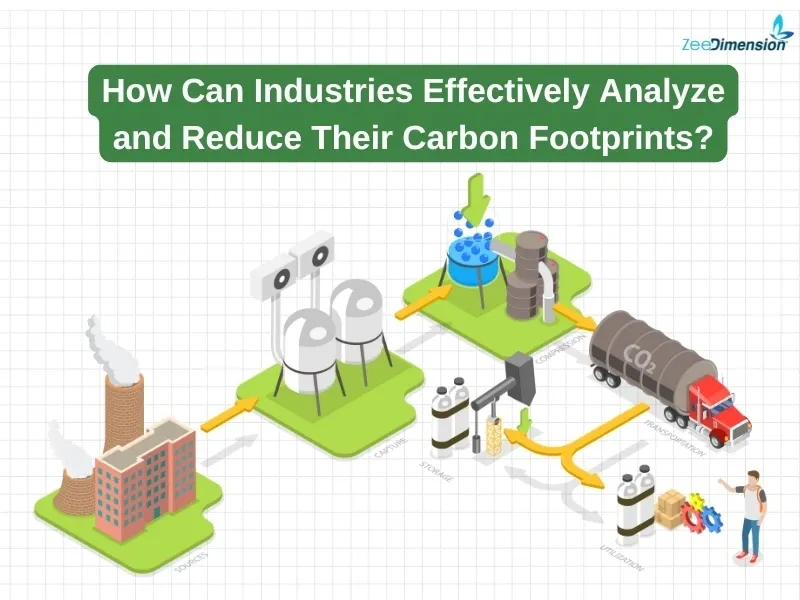
Discover practical strategies for managing and reducing carbon emissions effectively across various industries.
Understanding Carbon Emissions
Recognizing carbon emissions begins with recognizing the three primary emission scopes. Scope 1 covers direct emissions from an organization’s activities, such as fuel consumption and company vehicles. Scope 2 refers to indirect emissions resulting from the energy an organization purchases, including electricity and steam. Scope 3, often the hardest to track, encompasses emissions throughout the entire value chain, from raw material sourcing to transportation and the full product lifecycle.
Achievements Across Industries
Companies in a wide range of industries are making significant strides in reducing emissions. By adopting smarter technologies and integrating renewable energy sources such as solar and wind, they are improving operational efficiency. Moreover, innovations in sustainable materials are helping to decrease reliance on high-carbon inputs, further advancing their commitment to reducing environmental impact.
Challenges in Carbon Management
What makes carbon reduction so challenging? Many industries face high emissions from energy-intensive processes and a heavy dependence on fossil fuels to meet their energy needs. Additionally, tracking and reducing emissions across the value chain, particularly Scope 3 emissions, adds a layer of complexity that makes achieving meaningful carbon reductions even more difficult.
Key Strategies for Emission Reduction That Companies Take
-
Technology Integration: AI-powered process optimization and energy-efficient systems.
-
Material Substitution: Use low-carbon, sustainable materials.
-
Renewable Energy: Invest in solar, wind, and geothermal solutions.
-
Carbon Capture: Deploy technologies to capture and store emissions.
-
Supply Chain Optimization: Engage suppliers and adopt greener logistics.
Benchmarking Performance
Measuring progress in carbon footprint reduction requires clear metrics and benchmarks. Key indicators include CO2 emissions per unit of output or revenue, the percentage of renewable energy in total energy use, and the adoption rates of sustainable materials. By benchmarking these metrics against industry standards, organizations can identify areas for continuous improvement and drive meaningful change.
Future Emission Reduction Goals Organizations Set
-
Short-Term (1-2 Years): Boost efficiency and renewable adoption.
-
Medium-Term (3-5 Years): Scale sustainable material usage.
-
Long-Term (5-10 Years): Commit to net-zero emissions with advanced technologies.
Why It Matters
Prioritizing carbon reduction is essential for industries to align with global climate objectives, enhance operational efficiency, and establish a stronger presence in an eco-conscious market. In today’s world, sustainability goes beyond being a responsibility—it serves as a key competitive advantage.
Call to Action
Are you prepared to lead the way in sustainability? Take the first step by analyzing and managing your carbon footprint today, paving the path for a more impactful and sustainable future.







